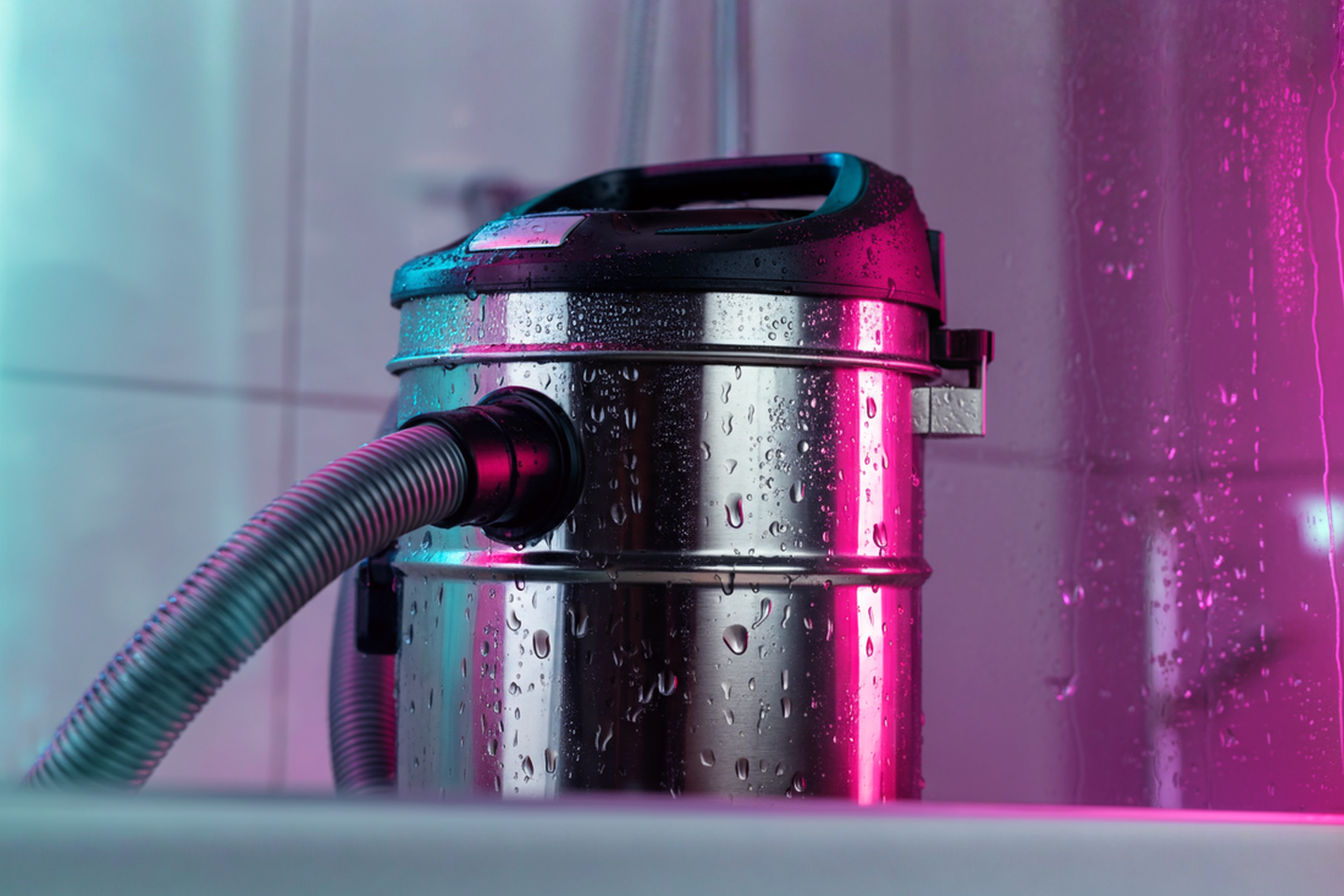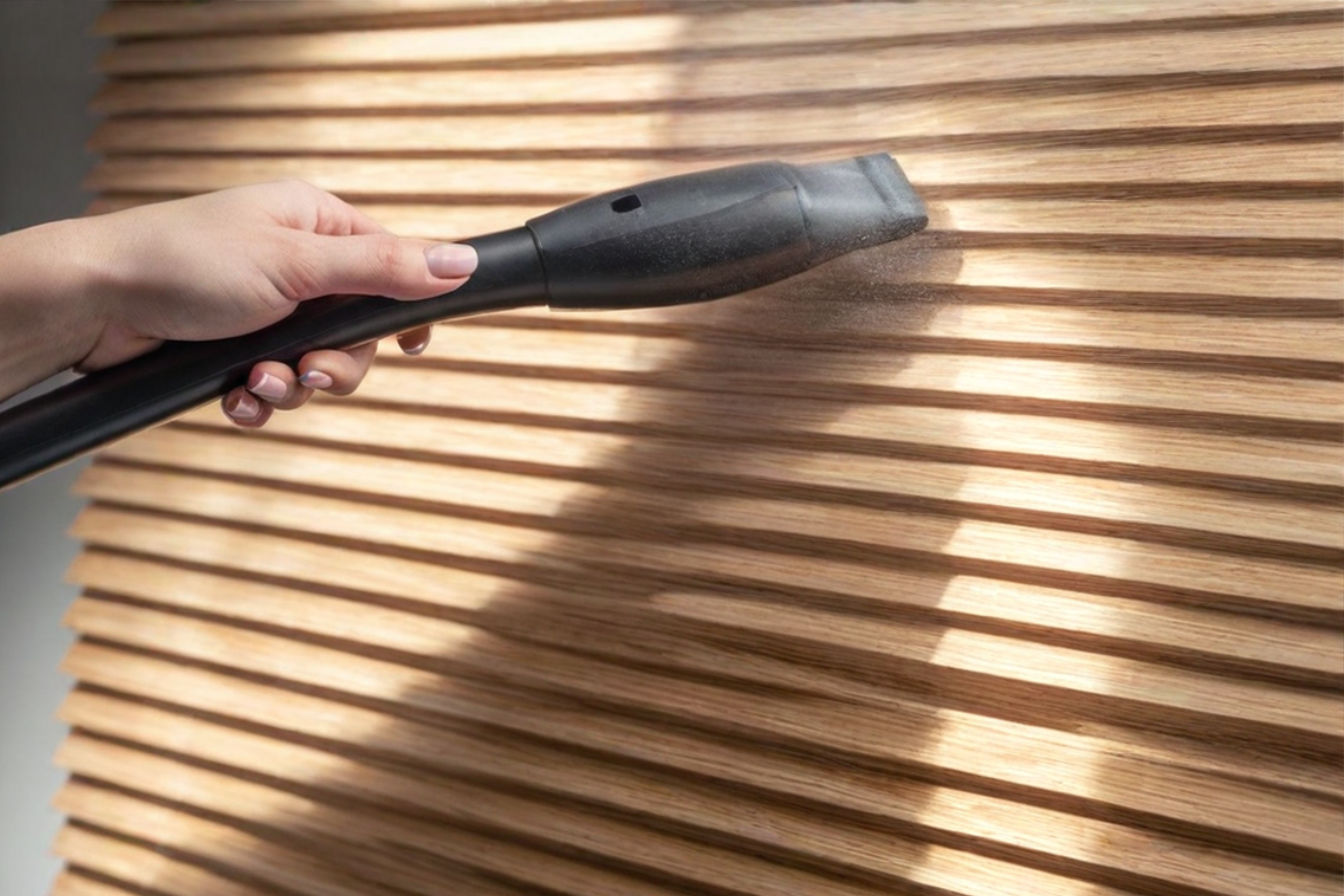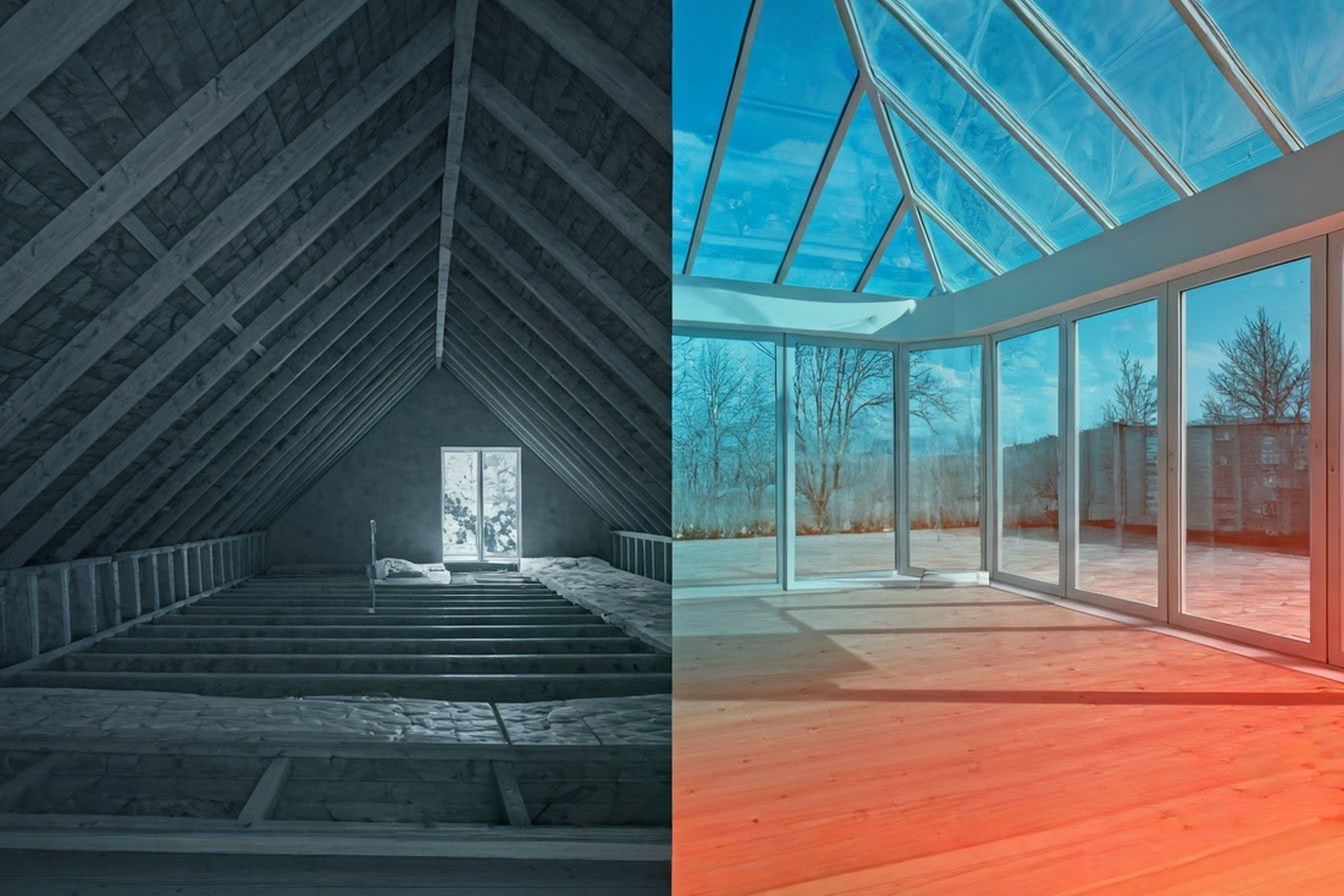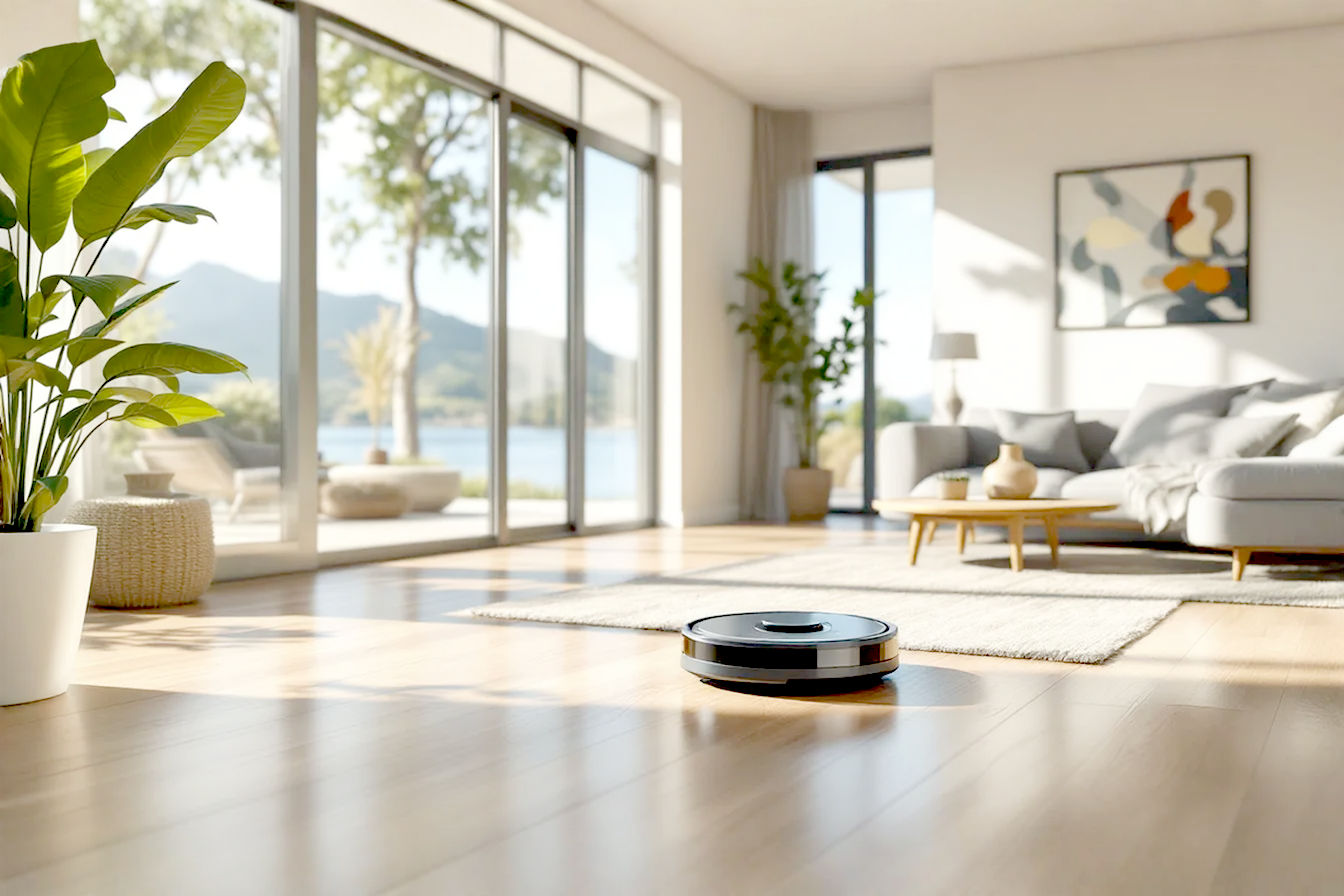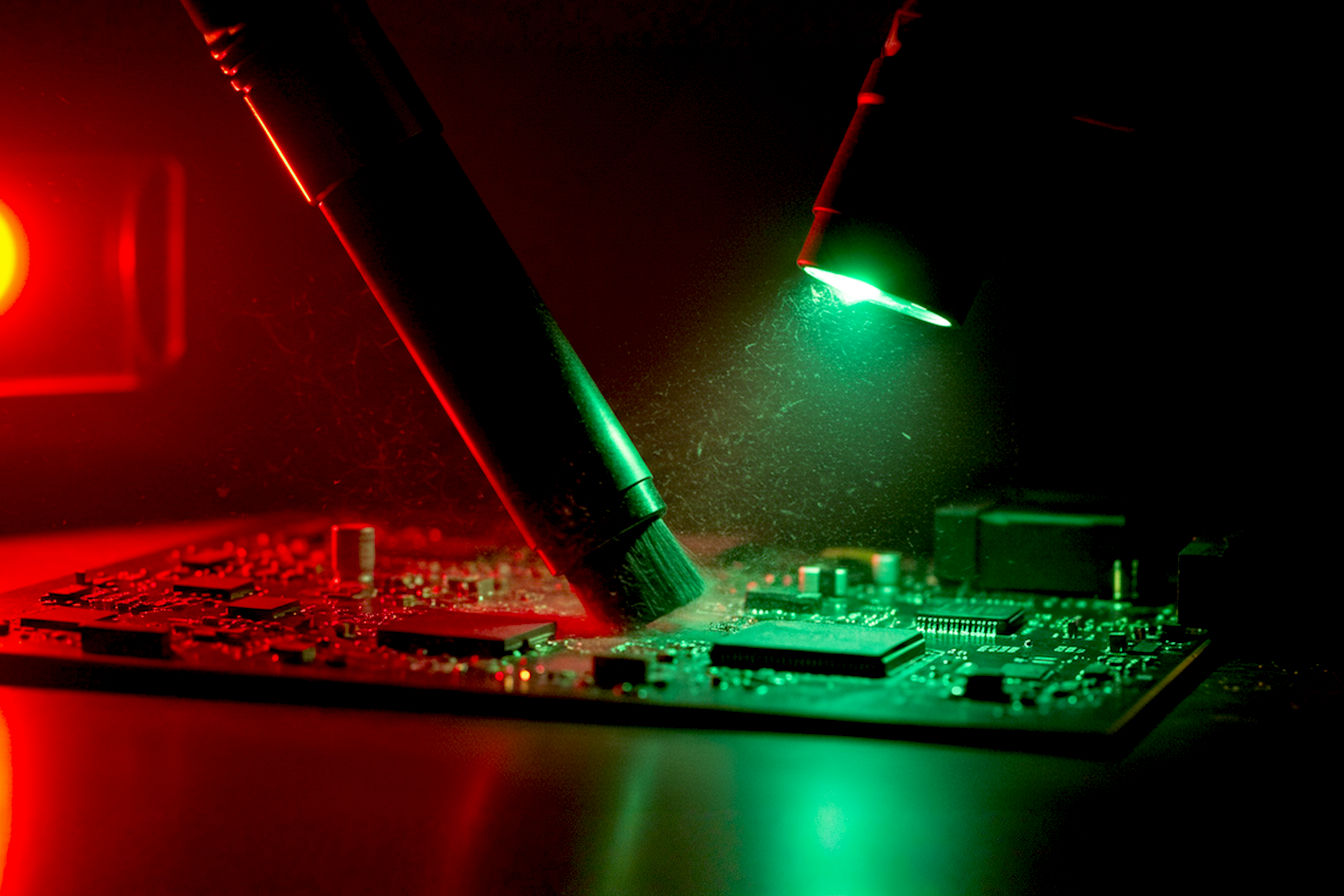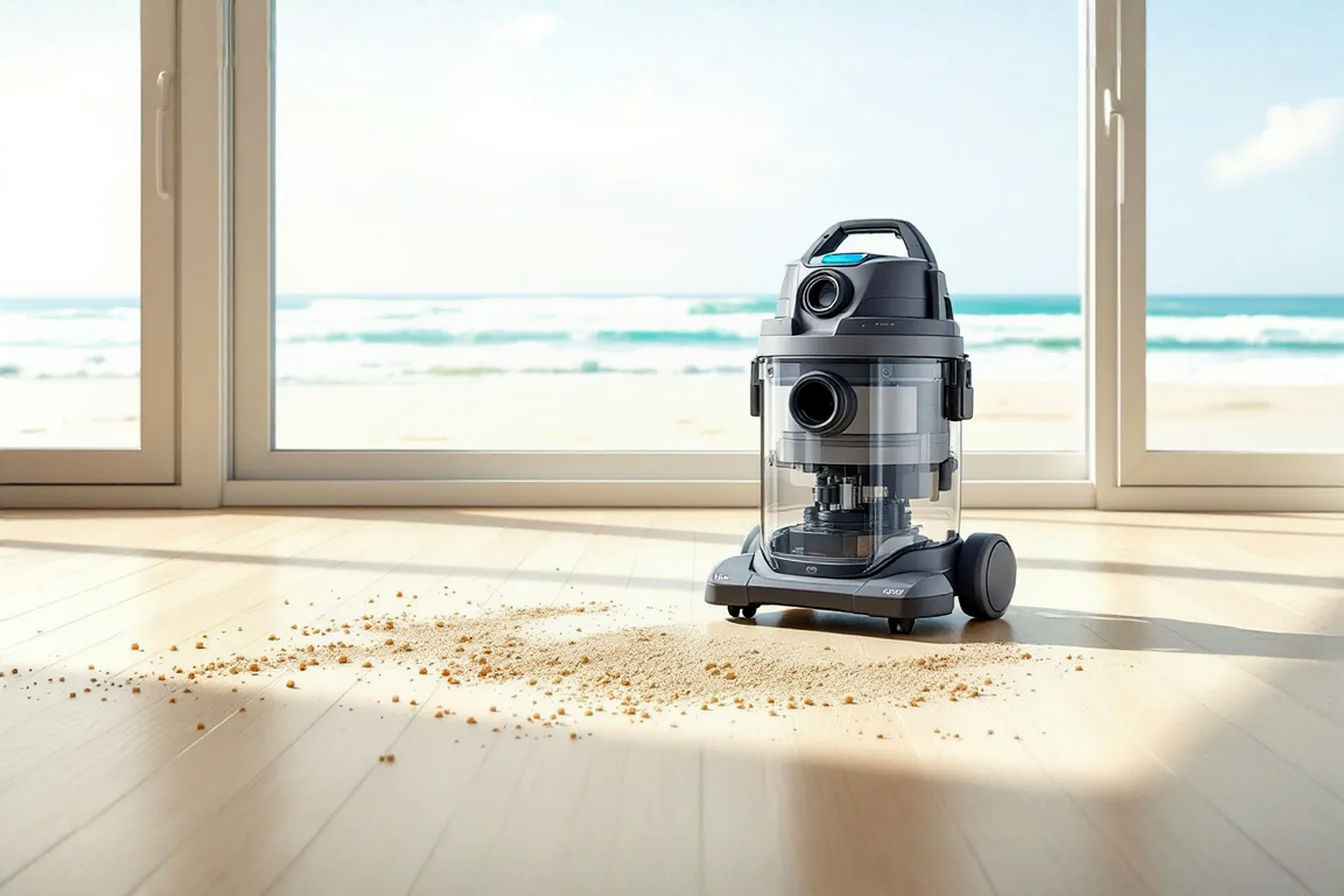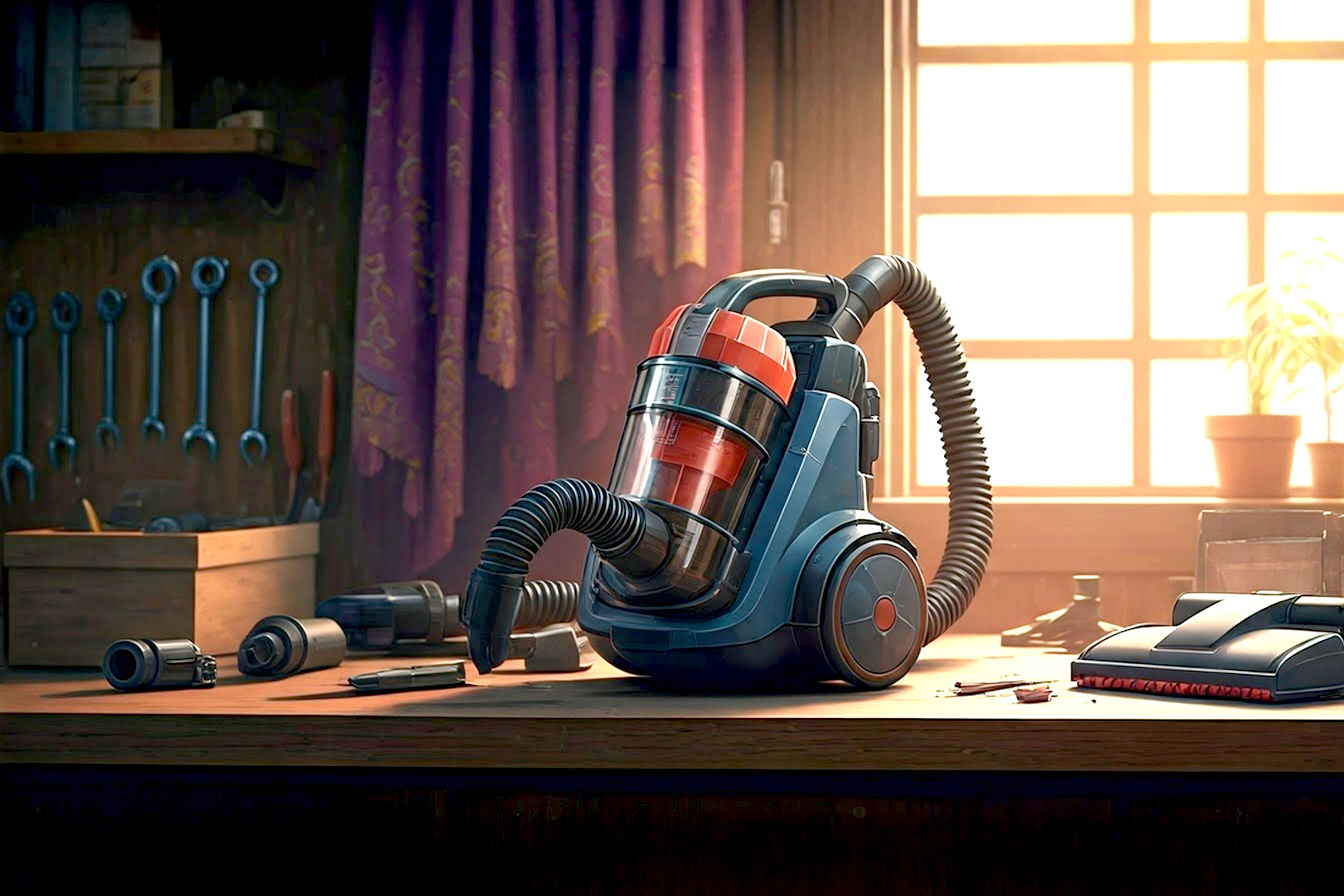High-Humidity Area Vacuums: Models That Resist Moisture Damage
High humidity can destroy standard vacuum cleaners, but specialized models offer protection against moisture damage. Learn which features matter most and find the perfect vacuum for your humid environment.
This post may contain affiliate links. If you make a purchase through these links, we may earn a commission at no additional cost to you.
eWater and electronics typically don’t mix well, but some environments demand cleaning solutions that can handle high humidity. Whether you’re dealing with bathroom cleanup, basement maintenance, or commercial spaces with moisture challenges, finding the right vacuum can mean the difference between a long-lasting appliance and one that fails prematurely. This comprehensive guide explores vacuum cleaners designed to resist moisture damage, helping you make an informed decision for your specific needs.
Understanding Humidity’s Impact on Vacuum Cleaners
Humidity poses significant challenges to standard vacuum cleaners. Most people don’t realize that even without direct water contact, the moisture in the air can gradually infiltrate a vacuum’s components and cause serious damage.
How Moisture Affects Electrical Components
The electrical systems in standard vacuums aren’t designed with moisture defense in mind. When humid air enters a vacuum:
- Circuit boards can corrode as moisture condenses on sensitive electronic components
- Motor windings can short circuit when water molecules create conductive paths where they shouldn’t exist
- Electrical contacts oxidize and develop resistance, reducing power and efficiency
- Internal wiring insulation degrades faster in humid conditions, potentially creating fire hazards
One of the most common issues occurs when moisture condenses inside the vacuum housing during temperature changes. This water accumulation can create a perfect environment for rust and corrosion, particularly in metal components like bearings, axles, and fasteners.
Common Failure Points in Standard Vacuums
Standard vacuums typically show humidity damage in predictable areas:
- Motor housings often lack adequate sealing against moisture intrusion
- Filtration systems can become breeding grounds for mold and mildew when damp
- Plastic components may warp or become brittle from repeated humidity exposure
- Metal parts (especially screws, springs, and internal frames) develop rust spots
- Exhaust vents allow humid air to flow directly through internal components
Signs of Humidity Damage
You might notice these warning signs that humidity is affecting your vacuum:
- Unusual noises like grinding or squealing (indicating bearing damage)
- Reduced suction power (often from motor issues or clogged filters)
- Musty odors during operation (suggesting mold growth)
- Visible rust on external components (which likely indicates internal rust as well)
- Intermittent electrical operation (pointing to circuit problems)
Long-term Effects on Performance
Over time, exposure to high humidity creates a cascade of problems:
Moisture first affects the most vulnerable components, creating small inefficiencies. These initial issues then accelerate wear on other parts as the vacuum tries to compensate. For example, a slightly corroded motor bearing creates vibration, which stresses the motor mount, which then puts pressure on electrical connections, and so on. This domino effect explains why vacuums that seem fine in humid environments can suddenly fail completely.
Key Features of Humidity-Resistant Vacuums
Vacuums designed for high-humidity environments incorporate specific features to prevent moisture damage. Understanding these protective elements helps you identify truly moisture-resistant models.
IP Rating System Explained
The Ingress Protection (IP) rating provides a standardized way to evaluate how well a vacuum resists solids and liquids. The rating consists of two digits:
- The first digit (0-6) indicates protection against solid objects
- The second digit (0-9) indicates protection against liquids
For humid environments, look for vacuums with a second digit of at least 4, which means they can withstand water splashing from any direction. For extremely humid applications, ratings of IPX5 (protected against water jets) or higher provide better assurance.
A vacuum with an IP54 rating, for example, is protected against dust (5) and water splashing (4), making it suitable for moderately humid environments like bathrooms. By contrast, an IP67 rating indicates complete dust protection (6) and protection against temporary immersion (7), ideal for extremely challenging moisture environments.
Sealed Motor Technology
The motor is typically the most expensive component in a vacuum and the most vulnerable to humidity damage. Humidity-resistant models employ several motor protection strategies:
- Fully sealed motor housings prevent moisture from reaching windings and electrical components
- Thermally protected motors automatically shut down before overheating can damage moisture-affected components
- Double-insulated designs provide redundant protection against electrical shorts
- Specialized motor coatings repel moisture and prevent corrosion on windings
The most advanced models use brushless motors with fully sealed electronic controls, eliminating the carbon brushes that typically wear out faster in humid conditions.
Rust and Corrosion-Resistant Materials
Material selection plays a crucial role in humidity resistance:
- Marine-grade stainless steel components resist rust even in consistently damp environments
- Advanced polymer composites replace traditional metals in critical structural components
- Specialized coatings on metal parts create barriers against moisture contact
- Galvanized or zinc-plated fasteners prevent the rust spots that typically appear first
Better humidity-resistant vacuums minimize metal usage in critical areas or use only alloys specifically designed for moisture exposure.
Circuit Protection Mechanisms
Electronic components require special protection in humid environments:
- Conformal coatings on circuit boards create moisture-resistant barriers
- Potted electronics completely seal circuits in waterproof compounds
- Vapor corrosion inhibitors actively protect metal connections from humidity effects
- Thermal fuses provide backup protection if moisture causes electrical problems
The most sophisticated models also incorporate humidity sensors that can adjust performance or alert users when conditions exceed safe operating parameters.
Advanced Filtration Systems
Filtration becomes even more important in humid environments:
- Hydrophobic filters repel water while still capturing dust and debris
- Antimicrobial filter treatments prevent mold and bacteria growth in damp conditions
- Multi-stage filtration separates moisture from air paths that reach sensitive components
- Quick-dry filter designs minimize moisture retention between uses
Look for vacuums with easily removable filters that can be thoroughly dried after use in high-humidity areas.
Housing and Casing Considerations
The vacuum’s external construction provides the first line of defense:
- Gaskets and seals at all housing junctions prevent moisture infiltration
- Positive pressure ventilation pushes air outward, preventing humid air from entering
- Water-channeling designs direct any condensation away from sensitive components
- UV-resistant plastics maintain integrity even when repeatedly exposed to humidity and then dried
Quality humidity-resistant models feature seamless construction or specialized water-resistant seams where housing components join.
Types of Vacuums for High-Humidity Areas
Different humidity challenges require different vacuum types. Here’s how various designs handle moisture exposure:
Wet-Dry Vacuums
Wet-dry vacuums (shop vacs) are designed to handle actual water pickup, making them inherently more resistant to humidity. Key advantages include:
- Separate air and water pathways keep moisture away from motors
- Specialized collection systems prevent water from reaching electrical components
- Heavy-duty construction typically incorporates moisture-resistant materials
- Higher-powered motors maintain performance even when components are affected by humidity
However, not all wet-dry vacuums are created equal. Commercial-grade models typically offer better moisture protection than consumer versions. Look for models with stainless steel drums, as these resist corrosion better than plastic tanks, which can crack over time due to repeated moisture exposure.
Commercial-Grade Humidity-Resistant Models
Commercial vacuums for industries like hospitality, healthcare, and manufacturing often face regular exposure to humidity. These workhorses typically offer:
- Industrial-quality moisture protection exceeding residential standards
- All-metal construction using corrosion-resistant alloys
- Specialized ventilation systems that prevent humid air from reaching sensitive components
- Higher voltage systems that better resist performance degradation from moisture
These models often carry higher IP ratings and are tested under more extreme conditions than residential units. Industries like food processing, where regular washdowns occur, rely on these specially designed vacuums.
Residential Moisture-Resistant Options
For home use in humid areas, several vacuum types offer enhanced protection:
- Bathroom-specific vacuums with extra sealing and corrosion-resistant components
- Sealed-system uprights that minimize air exchange with the environment
- Water-filtration vacuums that use water as the primary filtration method (ironically making them quite humidity-resistant)
- Advanced bagless cyclonic systems that separate moisture from air before it reaches filters and motors
Many major manufacturers now offer “all-surface” models with enhanced moisture protection for homes with multiple flooring types, including those in humid areas.
Cordless vs. Corded Considerations
Battery-powered vacuums present unique considerations in humid environments:
Advantages of cordless in humid settings:
- No risk of electrical shock from cord damage in wet areas
- Battery compartments are typically well-sealed against moisture
- Often use simpler motors with fewer humidity-vulnerable components
Disadvantages of cordless in humid settings:
- Battery contacts can corrode more easily when exposed to moisture
- Charging bases may be vulnerable to humidity damage
- Battery life can diminish faster when repeatedly used in high-humidity environments
The best cordless options for humid areas feature completely sealed battery compartments and charging systems with moisture-resistant connections.
Specialty Vacuums for Extreme Moisture Environments
Some specialized vacuum types excel in extremely humid conditions:
- Pool and spa vacuums designed specifically for poolside debris and very high humidity
- Greenhouse vacuums built to handle the nearly 100% humidity of indoor growing environments
- Sauna and steam room models that can withstand both high heat and extreme moisture
- Marine vacuums created for boat cleaning where constant humidity is unavoidable
These specialty units often incorporate marine-grade components and advanced sealing techniques borrowed from waterproof equipment design.
Top Vacuum Models for Specific High-Humidity Applications
Different humid environments create different challenges. Here are recommended vacuum types for specific applications:
Bathroom and Shower Area Vacuums
Bathrooms combine humidity with soap residue, hair, and other challenging debris. Ideal vacuum features include:
- Minimum IP54 rating for reliable splash protection
- Integrated antimicrobial components to prevent mold growth
- Specialized attachments for grout lines and tight corners
- Compact design for storage in typically small bathroom spaces
Popular models like the Ridgid WD4522 compact wet/dry vacuum and specialized bathroom-cleaning systems from Karcher provide these features while resisting the constant humidity cycling that occurs in bathroom environments.
Basement and Cellar Suitable Models
Basements present consistent high humidity combined with dusty conditions. Look for:
- High-capacity collection systems for larger clean-up jobs
- HEPA filtration to capture mold spores common in damp basements
- Robust wheels and bases that resist rusting
- Extended hoses and cords for navigating larger spaces
Commercial-grade units like the Shop-Vac 5989300 stainless steel wet/dry vacuum provide the durability needed for persistent basement humidity while handling everything from dust to occasional water pickup.
Pool Area and Sauna Vacuums
These extremely challenging environments require specialized features:
- Full IPX5 or higher water resistance for poolside splashing
- Heat-resistant components for sauna applications
- Salt-corrosion resistance for saltwater pool areas
- Specialized filtration for chlorine and treatment chemical exposure
Purpose-built units like the Maytronics Pool Blaster Max and specialized sauna vacuums from European manufacturers offer the extreme moisture protection these environments demand.
Greenhouse and Indoor Garden Vacuums
Greenhouses combine near-constant humidity with plant debris and soil. Ideal features include:
- Soil separation systems that prevent clogging in humid conditions
- Enhanced filtration for capturing fine organic particles
- Resistant to fertilizer and chemical corrosion
- Adjustable suction for delicate plant cleanup
Models from DeWalt and Milwaukee designed for contractor use often work well in these conditions, with their robust moisture protection and ability to handle organic debris.
Coastal Home Vacuum Solutions
Homes in coastal areas face constant high humidity plus salt air exposure. Look for:
- Salt-air corrosion resistance on all external components
- Sealed system design that minimizes exposure to outside air
- Enhanced filtration for salt crystals and fine sand
- UV-resistant exteriors for vacuums stored in sunny coastal areas
Premium residential models from manufacturers like Miele and Sebo typically offer the construction quality needed to withstand these challenging conditions.
Industrial Humid Environment Models
Manufacturing facilities with high humidity require extremely robust vacuum solutions:
- Full metal construction using corrosion-resistant alloys
- High-temperature operation capability common in humid industrial settings
- Three-phase motor options for continuous heavy-duty operation
- Advanced filtration for industrial particulates in humid conditions
Brands like Nilfisk and Karcher dominate this space with vacuums specifically engineered for industrial environments where humidity control is difficult or impossible.
Maintenance Tips for Vacuums in Humid Environments
Even the best humidity-resistant vacuums require proper maintenance to maximize their lifespan. These practices can significantly extend your vacuum’s useful life:
Proper Storage Practices
How you store your vacuum between uses matters tremendously in humid environments:
- Store in climate-controlled spaces whenever possible
- Use dehumidifiers in storage closets or areas
- Position away from direct sources of humidity like showers or sinks
- Leave collection containers empty and open to allow airflow
- Remove and store filters separately in drier conditions
For extremely humid environments, consider using moisture-absorbing products like silica gel packets near stored vacuums.
Recommended Cleaning Routines
Regular cleaning prevents humidity damage from compounding:
- Wipe down external surfaces after each use in humid areas
- Check and clear air pathways regularly for moisture accumulation
- Inspect seals and gaskets for signs of wear that could allow moisture intrusion
- Clean attachment connections where moisture can hide in crevices
- Follow manufacturer instructions for internal cleaning schedules
The most critical practice is thoroughly drying any components that become wet during use or cleaning, even if they’re supposedly waterproof.
Filter Maintenance in High-Humidity Conditions
Filters require special attention in humid environments:
- Remove and dry filters completely after use in extremely humid conditions
- Maintain a rotation of multiple filters so each can fully dry between uses
- Replace filters more frequently as humidity accelerates breakdown
- Consider using washable filters for easier maintenance
- Check for mold growth regularly, replacing affected filters immediately
Some vacuum owners in persistently humid regions keep spare filters in sealed containers with desiccants to ensure completely dry replacements are always available.
Motor Protection Strategies
These practices specifically protect your vacuum’s motor:
- Allow longer cool-down periods as humid air reduces cooling efficiency
- Listen for changes in motor sound that might indicate moisture problems
- Use vacuum models with thermal protection that prevents overheating
- Consider shorter run times to prevent heat-induced condensation
- Follow manufacturer recommendations for motor maintenance intervals
For vacuums used primarily in high-humidity areas, professional servicing of motors may be recommended more frequently than the standard schedule.
When to Dry Components
Knowing when to actively dry your vacuum prevents moisture accumulation:
- After any visible water exposure (even from high humidity condensation)
- When moving from high-humidity to low-humidity environments (to prevent condensation)
- Before storing for extended periods
- When unusual odors develop (indicating possible moisture-related mold)
- Following seasonal humidity changes that might affect internal components
For thorough drying, some professionals use low-temperature heat sources like space heaters in well-ventilated areas or dedicated appliance dryers.
Signs That Humidity is Affecting Your Vacuum
Watch for these indicators that your vacuum needs immediate attention:
- Decreasing run time on battery-powered models
- Inconsistent suction power that fluctuates during operation
- Unusual heating during normal operation
- Visible corrosion on any external components
- Electric shocks when touching metal parts (requiring immediate professional service)
Any of these symptoms warrants a thorough inspection and potentially professional servicing before continued use.
Cost Considerations and Value Analysis
Investing in a humidity-resistant vacuum involves balancing initial cost against long-term value. Here’s how to evaluate your options:
Price Ranges for Different Humidity-Resistant Vacuum Types
Humidity resistance comes at different price points depending on the type:
- Entry-level wet/dry vacuums with basic moisture resistance: $50-150
- Mid-range humidity-resistant residential models: $200-400
- Premium residential systems with advanced moisture protection: $400-800
- Commercial-grade humidity-resistant vacuums: $500-1,500
- Specialized extreme-environment models: $800-2,500+
Generally, the more consistently humid your environment, the more worthwhile it becomes to invest in higher-end models with superior protection.
Investment vs. Replacement Cost Analysis
Consider these factors when evaluating cost-effectiveness:
- A standard vacuum might cost 50-60% less initially but last only 1-2 years in high-humidity environments
- Humidity-resistant models typically last 3-5 times longer in challenging conditions
- Replacement parts for standard vacuums damaged by humidity often cost 30-40% of a new unit
- Most humidity damage isn’t covered by standard warranties
For consistently humid environments, the total cost of ownership almost always favors humidity-resistant models despite higher initial prices.
Value-Adding Features Worth Paying For
Some premium features justify their cost in humid environments:
- Stainless steel components dramatically extend lifespan in moisture-prone areas
- Fully sealed motor systems prevent the most expensive type of humidity damage
- Advanced filtration reduces maintenance costs and extends motor life
- Commercial-grade construction provides significantly longer service life
- Longer warranties that specifically cover humidity exposure
Conversely, features like advanced digital displays or smart connectivity may actually create additional humidity vulnerability without adding functional value in wet environments.
Budget Options That Still Offer Humidity Protection
If cost is a major concern, consider these approaches:
- Compact wet/dry vacuums offer basic humidity resistance at lower prices
- Previous-generation commercial models often provide excellent moisture protection at reduced prices
- Refurbished industrial units with moisture-resistant construction can be excellent values
- DIY moisture protection added to standard vacuums (though less effective than purpose-built systems)
Some manufacturers also offer humidity-resistant features in their entry-level commercial lines at prices comparable to premium consumer models.
Buying Guide: How to Choose the Right Humidity-Resistant Vacuum
Finding the perfect vacuum for your humid environment involves assessing your specific needs and matching them to available features.
Assessing Your Specific Humidity Challenges
Start by evaluating your environment:
- Measure actual humidity levels in your space (inexpensive humidity meters are widely available)
- Note seasonal variations that might affect vacuum performance
- Identify specific moisture sources like pool areas or shower rooms
- Consider temperature fluctuations that can cause condensation
- Evaluate exposure time – how long the vacuum will be in the humid environment
Understanding your specific conditions helps narrow your choices to appropriate models.
Matching Vacuum Features to Your Environment
Different environments require different protective features:
- Consistent high humidity (80%+ constantly) requires fully sealed systems with stainless components
- Intermittent humidity (like bathroom cleaning) can be handled by vacuums with good gaskets and moisture-resistant (but not necessarily waterproof) construction
- Humid air plus water exposure (pool areas, etc.) demands true wet/dry functionality with high IP ratings
- Industrial humid conditions typically require specialized commercial units with enhanced filtration
The key is matching protection levels to your specific conditions without overpaying for unnecessary features.
Important Specifications to Consider
Beyond humidity resistance, evaluate these factors:
- Suction power should match your cleaning needs (measured in air watts, CFM, or water lift)
- Filtration quality becomes even more important in humid environments where mold and bacteria thrive
- Noise levels vary significantly among humidity-resistant models
- Weight and maneuverability affect usability, especially in commercial applications
- Available attachments should match your specific cleaning challenges
Look for specifications that provide quantifiable metrics rather than marketing terms like “super-powerful” or “extreme humidity protection.”
Warranty Considerations for Moisture Exposure
Standard warranties often exclude damage from “environmental factors,” which can include humidity. Look for:
- Explicit coverage for humid environments in warranty documentation
- Longer coverage periods for motor and electrical components
- Availability of replacement parts if repairs become necessary
- Authorized service centers familiar with humidity-related issues
Some manufacturers offer extended warranties specifically for commercial environments where humidity exposure is expected.
Where to Buy Specialized Humidity-Resistant Models
Specialized vacuum retailers typically offer advantages over general merchandise stores:
- Staff expertise in matching models to specific humidity challenges
- Better selection of truly humidity-resistant options
- More complete information about moisture protection features
- Relationship with manufacturers for warranty and service issues
- After-sale support for maintenance questions
For industrial applications, working directly with manufacturers or authorized distributors often provides access to models with enhanced humidity protection not available through retail channels.
Conclusion
Investing in a vacuum cleaner designed to resist moisture damage pays dividends in both performance and longevity. By understanding how humidity affects vacuum components and identifying the specific features that provide protection, you can select a model that will deliver reliable service even in challenging environments.
The ideal humidity-resistant vacuum balances several factors: appropriate moisture protection for your specific conditions, cleaning performance that meets your needs, and a price point that offers good long-term value. Whether you’re cleaning a residential bathroom, maintaining a greenhouse, or managing industrial facilities with humidity challenges, there’s a vacuum designed to handle those specific conditions.
As manufacturing techniques continue to advance, we’re seeing new generations of vacuums with enhanced moisture protection at more accessible price points. Materials science improvements are creating more corrosion-resistant components, while better sealing technology is keeping humidity away from sensitive electronics. These developments promise even more reliable performance in humid environments in the years ahead.
By choosing the right humidity-resistant vacuum and maintaining it properly, you can ensure effective cleaning performance and maximize your investment, even in the most challenging high-moisture environments.

